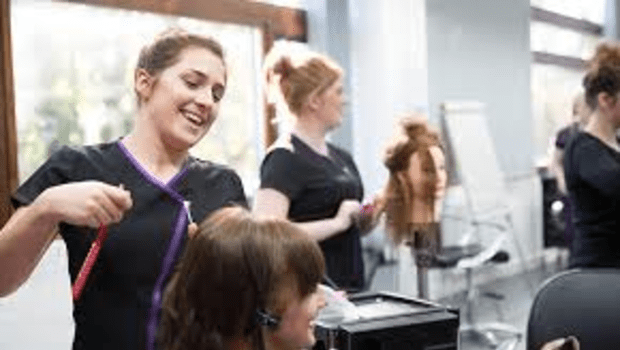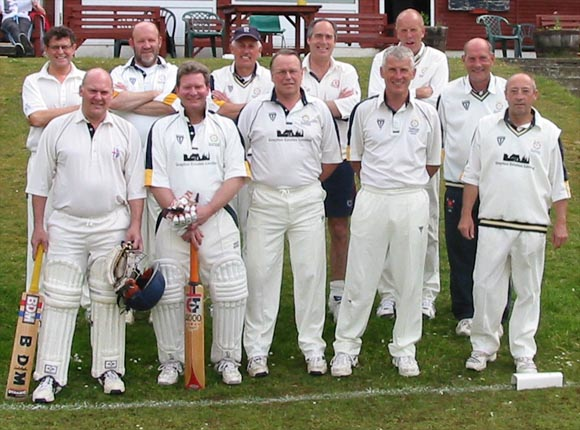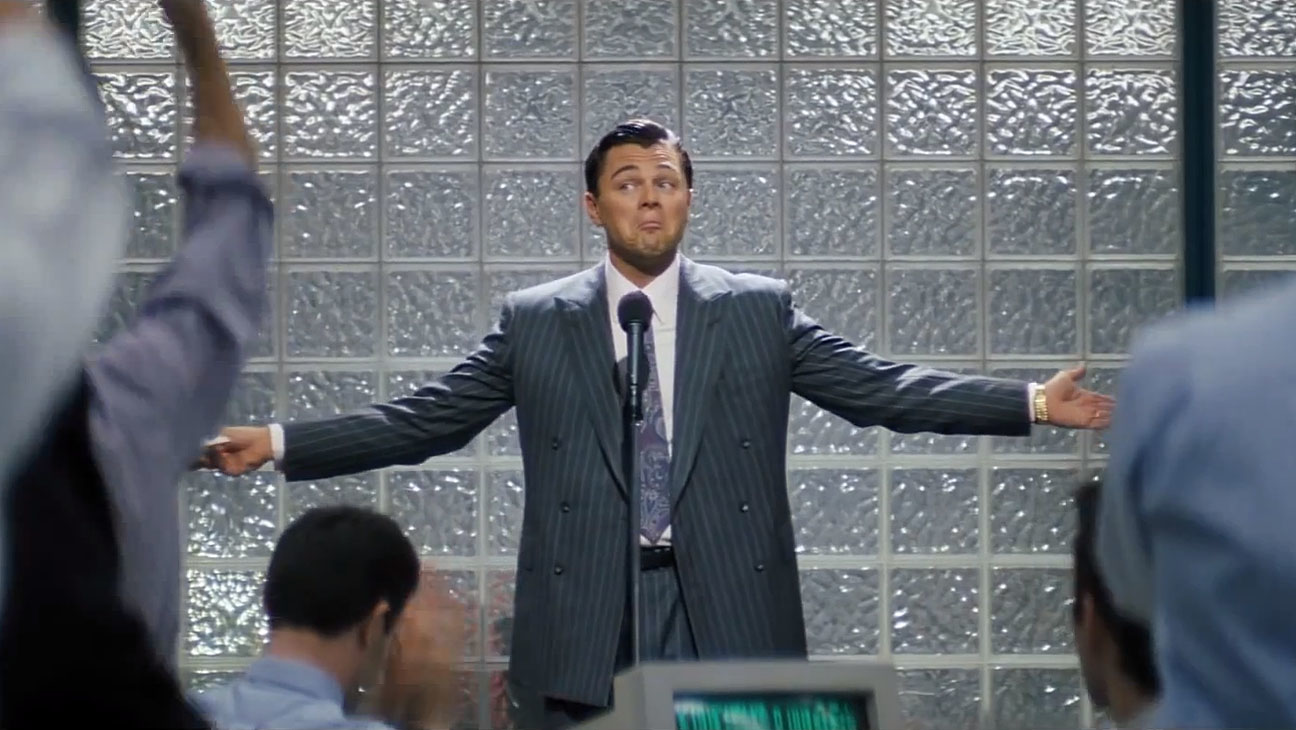-

-
Published on
04/05/2016
by Punchmedia
Hairdressing Success a Beauty Thing
The emergence of new markets and services has driven demand growth for the Hairdressing and Beauty Services industry over the past five years. Men are increasingly becoming a target market for industry operators, as seen by a rise in the number of male-only barbers and salons, and industry operators are marketing new services that blur the line between beauty therapy and health-related treatments. High-value services like microdermabrasion and laser therapy that use medical equipment have boosted industry revenue. These trends, along with mostly positive consumer sentiment and growth in discretionary incomes, have benefited the industry. Nevertheless, intense competition between industry operators has restrained growth in prices, constraining industry revenue growth. IBISWorld forecasts that industry revenue will increase at an annualised 2.4% over the five years through 2015-16 to $4.2 billion.
Necessity Versus Luxury
Demand for different services changes in response to economic trading conditions, whether consumers perceive the service as a necessity or luxury, and the cost of the service. Haircuts, which make up a significant share of industry revenue, are usually deemed as necessities by consumers. This makes the segment relatively resilient during times of weak economic sentiment and high unemployment. Demand for luxury services can be positively or negatively affected by economic indicators, depending on the cost of service. Demand for higher cost services, such as hair removal and spray tans, wanes during times of economic uncertainty, while demand for low-cost services such as cheap manicures may increase, as they are perceived as an affordable luxury. High consumer sentiment on average over the past five years, combined with increasing household discretionary income, has boosted demand for core services.New Markets
While female customers have long made up the industry's typical client base, services for men have become increasingly important. The industry has benefited from more males heading to stylists and salons or high-end barbers for grooming. There has been a spike in the number of male-only salons and barbers attempting to capture this market. In addition, the increasing prevalence of up-market barbers, providing services such as traditional wet shaves, has also provided a boost to the industry, encouraging male customers to visit industry establishments more regularly and for a wider range of services. This trend has been supported by the rising popularity of beards and the associated maintenance and grooming they require. As a result, the male population's contribution to industry revenue has increased over the past five years.Profitability and Innovation
Intense competition within the Hairdressing and Beauty Services industry has caused some operators to decrease prices to boost sales volumes. Some operators have also turned to discounting to attract customers, offering deals with substantially lower prices through websites such as Groupon. As a result, industry profitability has fallen. To offset these falls, some hairdressers and beauty therapists have focused on promoting higher margin services and selling products. The introduction of new services has caused an influx of salons, which has further boosted competition and put downward pressure on prices. At the beginning of the period, industry revenue benefited from beauty services moving beyond those of traditional hairdressers towards higher value services. These included laser hair removal, microdermabrasion, chemical peels and dermal fillers. Operators gained advantages from increasing referrals from nearby medical practitioners, which have reinforced the credibility of beauty therapists. In particular, salons benefited from developing links with local plastic surgeons and, to a lesser extent, general practitioners and dermatologists. However, more salons have started offering these services, intensifying price-based competition and causing revenue growth to slow. Industry revenue is forecast to grow by 1.6% over 2015-16.Skills Gap
In an October 2013 Department of Employment report, a gap was identified between the skills available and the skills demanded by the hairdressing segment. Many applicants have been deemed unsuitable for advertised positions due to a lack of practical experience. As a result, the industry has faced a difficult situation where applicants have needed experience to gain employment, but the only way to gain experience has been through finding employment. A change in training methods used to teach hairdressers has been part of the reason for the skills gap. Traditionally, a hairdresser would undertake a three-year apprenticeship, including many hours of hands-on training coupled with a Certificate III or higher in hairdressing. However, the number of short courses and condensed apprenticeships offered has grown significantly over the past decade. Hairdressing courses (as opposed to apprenticeships) have been especially popular with recent immigrants, with the number of enrolments increasing fivefold over the past 10 years. However, recent immigration changes that have terminated the availability of permanent residency to international hairdressing students are likely to have stemmed this trend substantially. Employers have complained that these condensed courses have been offering substandard training and insufficient hands-on experience.
Related articles



